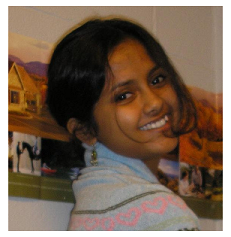The CATALST group – University of Minnesota

JOAN GARFIELD
Inspired by George Cobb’s plenary address at the first USCOTS in 2005, we began to explore ways to turn his ideas into an actual curriculum. We decided to explore the use of models and modeling in the course, and, funded by a NSF grant, developed the CATALST curriculum. [pullquote] Our guiding principle was to teach students to really cook, rather than follow recipes.[/pullquote] Our goal was to develop a course that focused on randomization methods and random sampling, taking away the traditional focus on the two-sample t-test. The CATALST course went through many iterations and had input from a team of great collaborators, including courageous graduate students who taught early versions of this radically different course. Our guiding principle was to teach students to really cook, rather than follow recipes. The cooking method uses randomization and repeated sampling methods to make statistical inferences. Even though there were many challenges, we feel that we developed a course that engages students and stimulates them to think, build and test models, and understand the core ideas of statistical inference. Continue reading →









